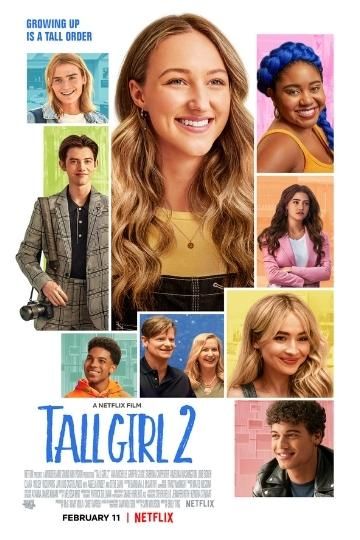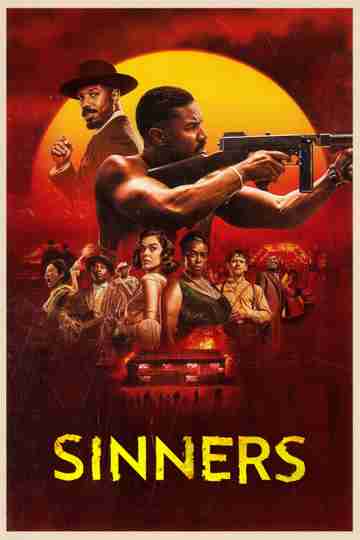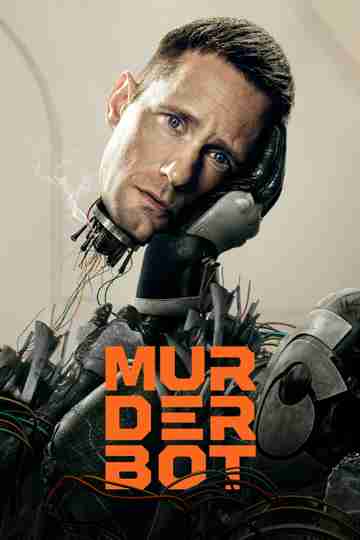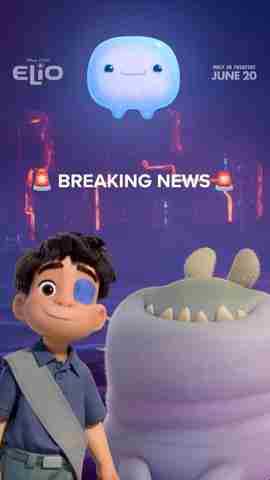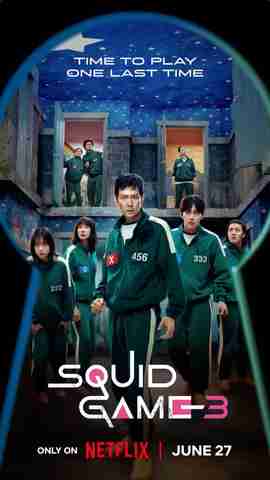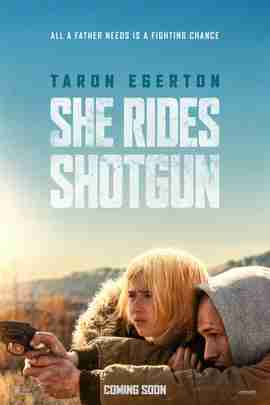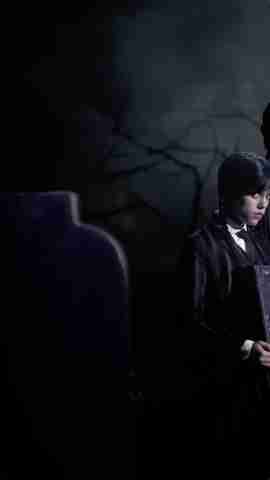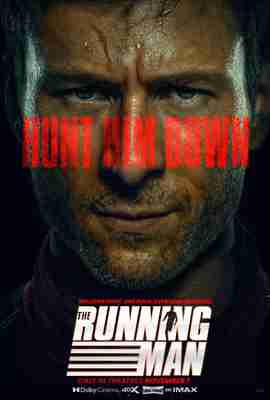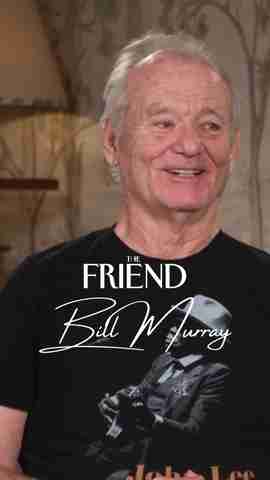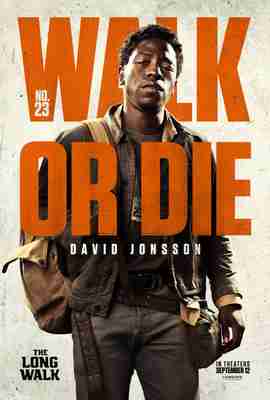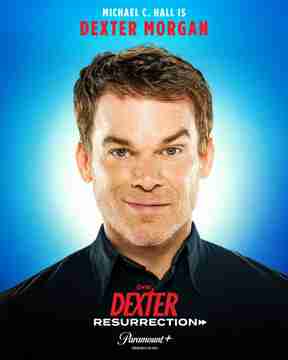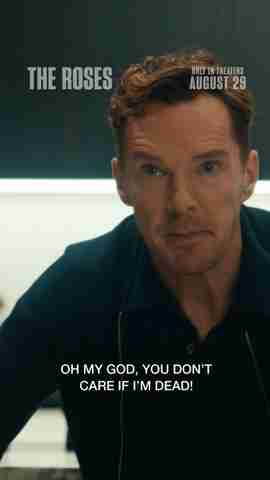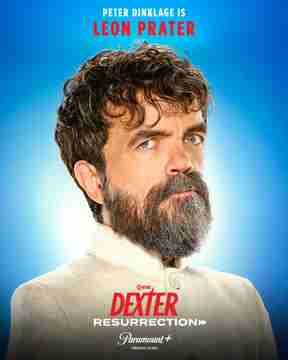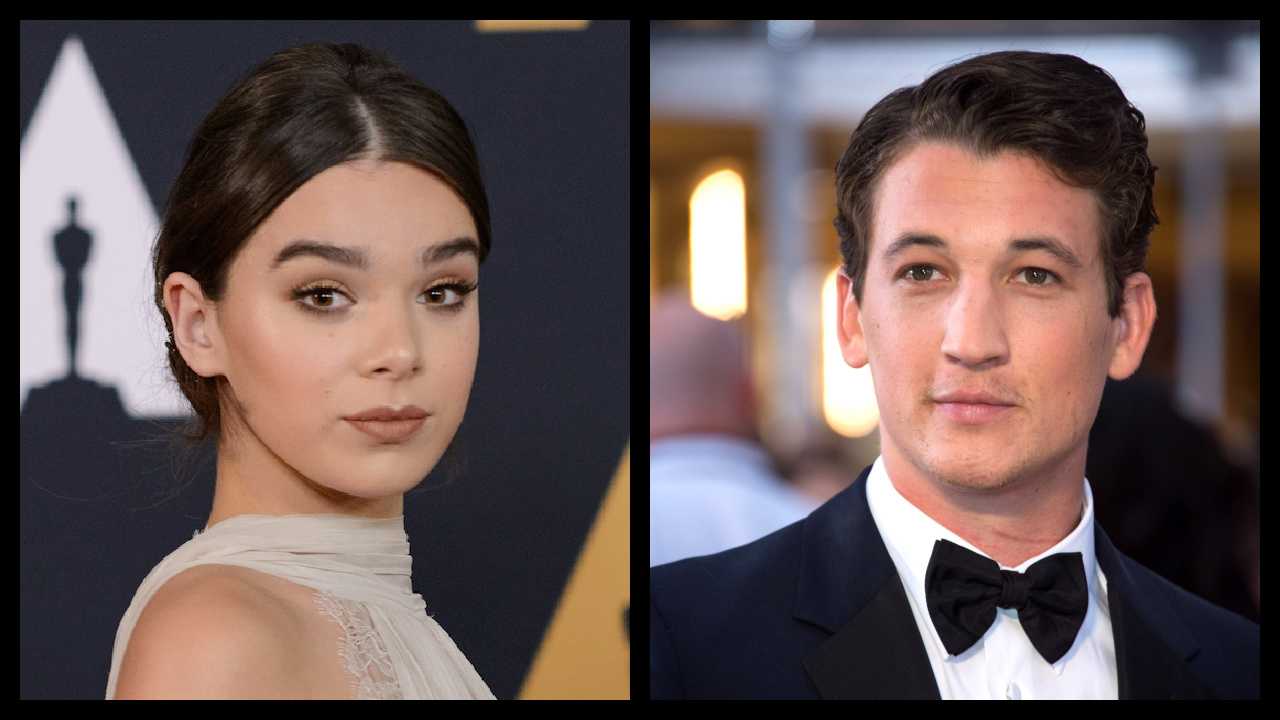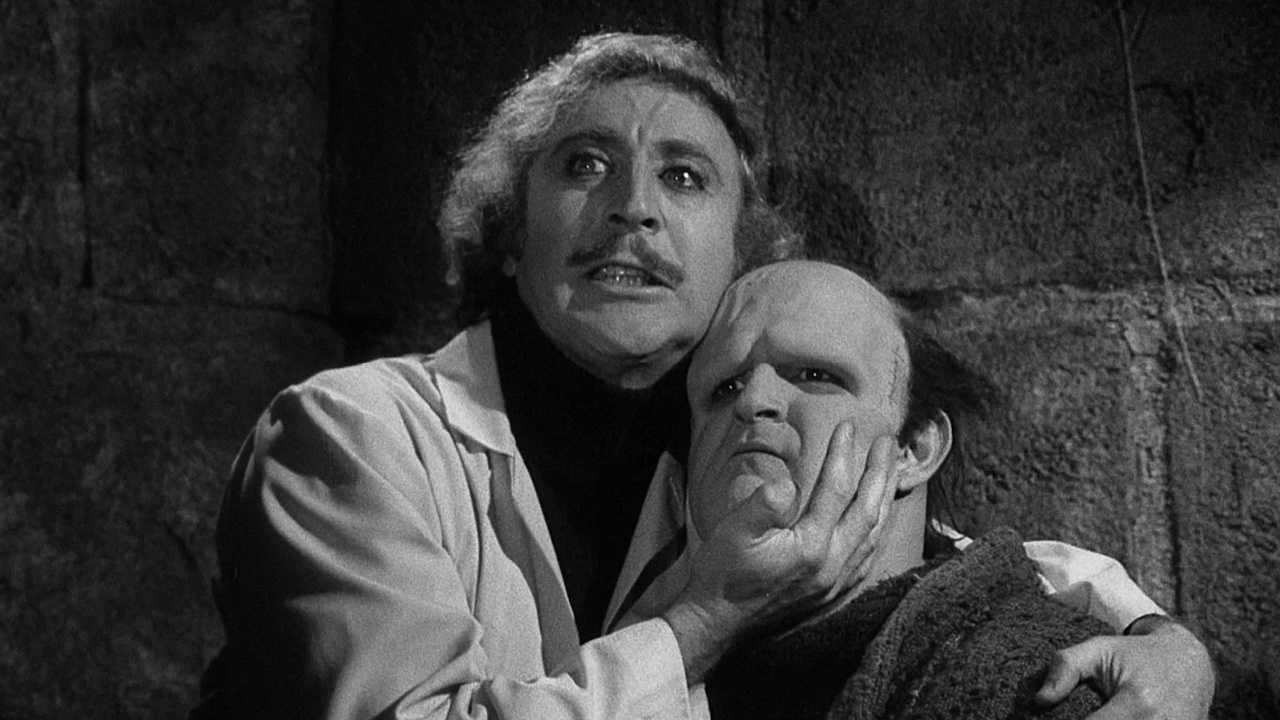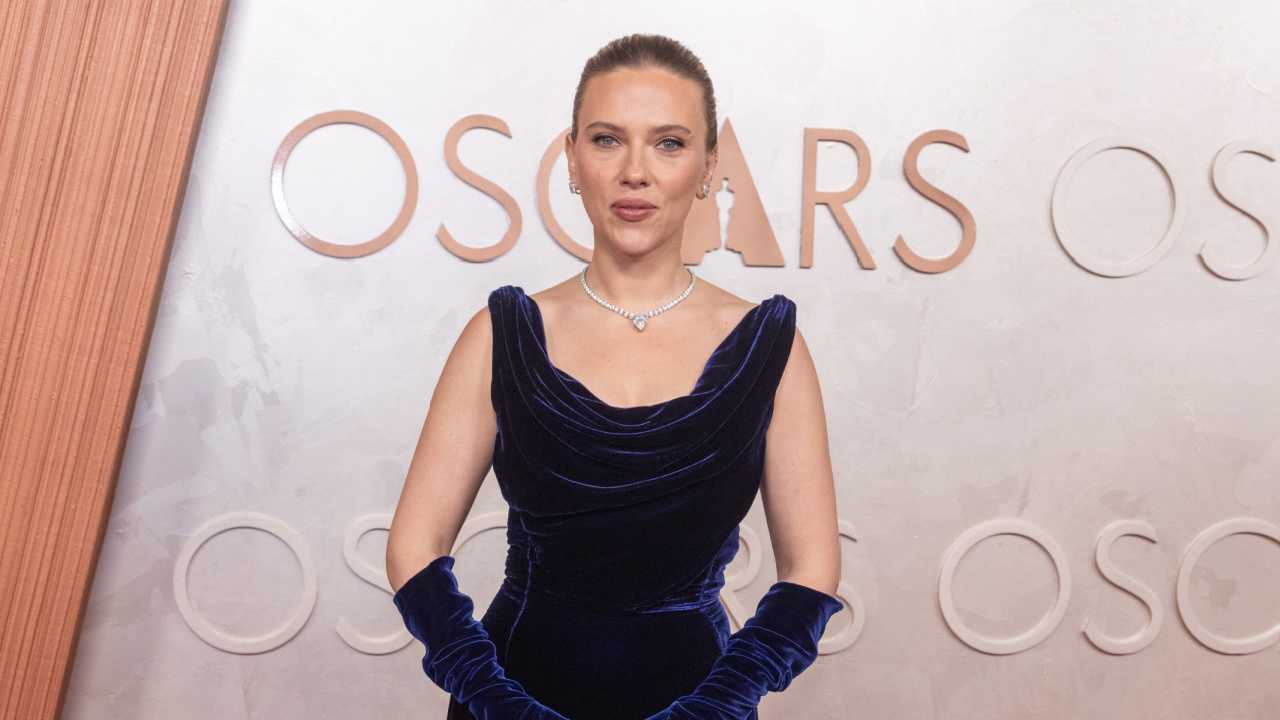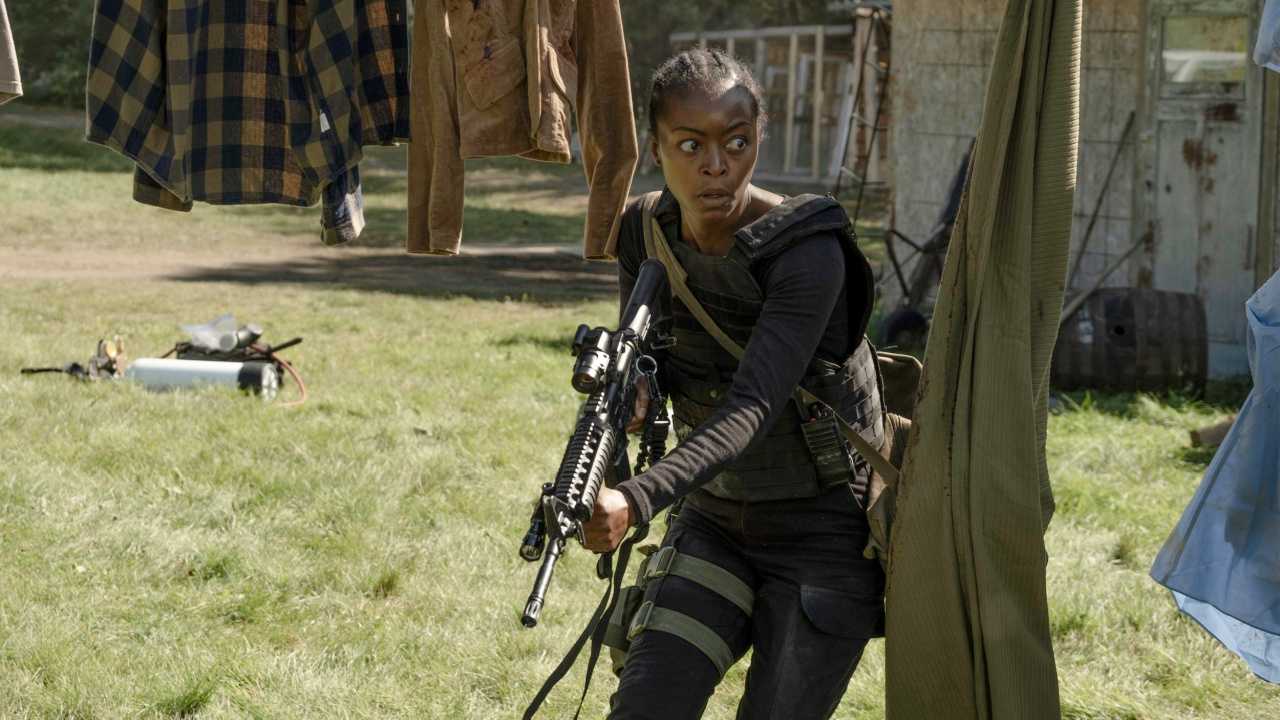Director Emily Ting Talks Sequel 'Tall Girl 2'
The Netflix movie starring Ava Michelle is set for release on February 11th.

Ava Michelle in Netflix's 'Tall Girl 2'
Upon its release in 2019, the teen rom-com ‘Tall Girl’ starring ‘Dance Moms’ alumna Ava Michelle became Netflix’s fifth most-watched film of all time. The main cast, along with writer Sam Wolfson have all returned for the sequel, although this time out director Nzingha Stewart has passed the baton on to Emily Ting.
After finding confidence at the homecoming dance and love with her best friend Jack Dunkleman (Griffin Gluck) in the first film, ‘Tall Girl 2’ follows awkward teenager Jodi through the ups-and-downs of first love, as well as the pressures of pursuing her passion for performance while auditioning for the spring musical.
Born in Taipei and raised in Los Angeles, director Emily Ting holds a degree from NYU’s Tisch School of the Arts. After working for a documentary distribution for several years, Ting founded her own production company, Unbound Feet Productions, and focused her creative energy on documentaries. One of her documentaries, ‘Family, Inc.' followed her stint working for her family’s toy manufacturing business in China.
This experience also inspired her first two narrative films: ‘Already Tomorrow in Hong Kong,’ which stars Jamie Chung and Bryan Greenber as two expats in Hong Kong who make an unexpected connection, and ‘Go Back To China’ starring Anna Akana as an American heiress who moves back Shenzhen to learn the family business.
Ting’s films are colorful, vibrant explorations of lives in transit. While ‘Tall Girl 2’ marks a departure from her writer-director past, her visual style and emotional sensibility can be felt throughout.
Here's what director Emily Ting had to say about making 'Tall Girl 2.'
Moviefone: How did you first get involved with ‘Tall Girl 2’?
Emily Ting: This project came from my agent. I got the script from him. I was so excited, because first of all, I had no idea that they were making a sequel to ‘Tall Girl,’ which was a film that I really enjoyed. I felt really honored that the producers would even think of me, because up until that point, I have only ever been considered for movies with an Asian element.
I really appreciated that the producers and the studio thought outside the box and could see that my sensibility could really fit in with the ‘Tall Girl’ world’. I tore through the script and I just fell in love with it. I already adored the first one, but I thought the second one was even more emotionally resonant. Just the way that Jodi was dealing with this like negative inner self talk, which I feel everyone could go through.
MF: What are the challenges of tackling a sequel?
ET: Nzingha Stewart, the first director, did such a wonderful job, otherwise we wouldn't be here making a sequel. But unfortunately, she wasn’t unavailable, which gave me this wonderful opportunity. I was a little scared about going in with a sequel because everything's established. I thought everyone's gonna treat me like the stepmom coming in. But the studio was very open. They told me I did not have to just do a repeat of the first film. I could take it in my own direction. Come in and pitch your own vision. Because otherwise it just becomes an episode in a television series.
They let me change the color palette in her bedroom. Because Jodi is going on a different journey with this one, I thought it makes sense for a lot of the colors and the wardrobe and the production design, to be a little poppier and a little bit more colorful. The actors also treated me so well. No one treated me like a stepmom. They all welcomed me into the ‘Tall Girl’ family. It was just a really wonderful experience.
MF: How did you develop a cinematic language for Jodi’s inner voice and anxiety?
ET: When my DP Shane Hurlbut and I were shot listing the movie, every time Jodi hears that inner voice there is a visual element attached to it. We explored a lot of different ideas for how to visualize that. Then we came down to two major elements. We use this technique called a cinefade. Every time she hears the voice, you see her background slowly go out of focus while she stays in focus. It's a subtle way to show that she gets stuck in her head. Later on when the inner voice manifests into a physical reaction when she has the actual anxiety attacks, we wanted the audience to actually feel like they're having an anxiety attack as well.
So we shot it with a body cam mounted to her, which we took from ‘Requiem For A Dream’ when Jennifer Connelly is having when she's sort of o.d.ing and they have the body cam shot when she's walking down the hallway. That was sort of our inspiration for all of Jodi's anxiety attacks, because we want the audience to feel like they're also having an anxiety attack with her. Then it's just the way the editor edits together the scene coupled with a sound design.
Our sound designer did a great job when she was having that final anxiety attack. He built in crashing wave sounds, because that's what having anxiety feels like. You feel like it's a wave washing over you, so he built that into the sonic design of the anxiety attack sequence. We hope that we are really getting the audience into how Jodi is feeling at that moment.
MF: Can you talk about the musical element of the film and how you landed on ‘Bye Bye Birdie’?
ET: I think [screenwriter] Sam Wolfson built in the musical element into the sequel because Ava comes from a singing and dancing background. He really wanted to showcase her talent. With the sequel he wanted Jodi to go after a dream, so why not utilize Ava's innate talent? When the script was in development there was a different musical attached the entire time. It was going to be ‘Guys and Dolls’ because in the first one, it was set up that that was her favorite musical.
Up until pre-production, we were still planning for it to be ‘Guys and Dolls’. But then at the last minute we were not able to secure the license. So we had to pivot very quickly. We were already in New Orleans at the time, deep into pre-production, designing sets and costumes. So we very quickly had to pivot. Our music supervisor called all of her contacts saying she needed a musical ASAP.
When we got a list of available musicals, I was like, it has to be ‘Bye Bye Birdie’. That's like the perennial high school musical that everyone puts on. In a way I’m glad that it didn't work out with ‘Guys and Dolls’, because I do feel like ‘Bye Bye Birdie’ ended up being the much better choice.
MF: What was it like working with Ava Michelle, who is such a talented dancer, to craft her song and dance performance as Jodi, somebody who is so insecure about herself?
ET: She's obviously a very talented dancer, but she has to play someone who was very not confident with her dancing and kind of clumsy. That always takes some work, but it came very naturally to her. The whole theme of being insecure and having anxiety came very naturally because I think it is a very universal theme that a lot of people deal with.
She was able to tap into a lot of her personal experiences. That sequence in the film where she ends up kicking someone in the chin at rehearsal actually happened to Ava in real life! So we worked that into the film because it's very true to her experience as a very tall dancer.
MF: Ava and Sabrina Carpenter together are delightful. They have such wonderful chemistry. How do you sort of capture that?
ET: I was at an advantage because everyone had already worked on the first film together. They all came in with natural chemistry. They were already friends and they already felt like a family. There was no getting to know you stage. Ava and Sabrina already had a very sisterly relationship and bond. I remember at the end of the first week of production, we shot that packing scene with Harper and Jodi, where Harper is about to move away.
It was a very, very heartfelt scene. All those tears, they were real. We turned on the camera and the waterworks just came out. They just really let that emotion flow. I was so in awe of both ladies by the end of the first week, because they just knocked that scene out of the park.
MF: Are there any teen films that inspired you on this film in particular or in your work in general?
ET: Oh, yeah, absolutely. So I made my creative team all watch the entire ‘To All The Boys’ series on Netflix as research. That was definitely very much kind of our model in terms of tone and the visuals, because I think they’re just such charming and heartfelt and sweet films, and that's really kind of what I wanted to tap into. They’re also visually very much aligned with my sense of style in terms of having everything very color coordinated and really pop on screen.
In the writing stage the first one is very much an homage to ‘Pretty in Pink’. All of those John Hughes movies from the 80s are influential. I always say, teen rom coms are not just for teenagers. They're absolutely also for people like us who grew up with John Hughes films. We've definitely sprinkled a lot of that sort of John Hughes magic throughout the making of these films.
MF: How do you hope audiences feel when the film is over?
ET: I want the audience to feel hopeful at the end of the film and through life. Throughout the film Jodi might have been battered down by her inner voice, just like we all do in life, but just know that there's also a positive voice inside you that can lift you up instead of breaking you down. If audiences could just feel that little glimmer of hope, then I think our job as filmmakers was successful.
‘Tall Girl 2’ will be released globally on Netflix February 11, 2022.
